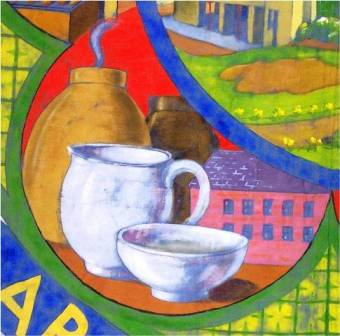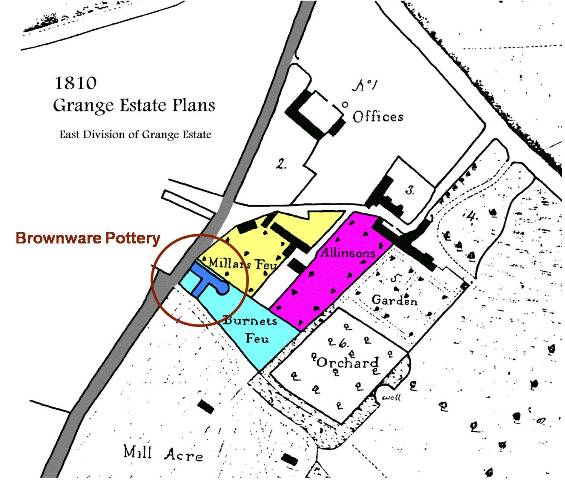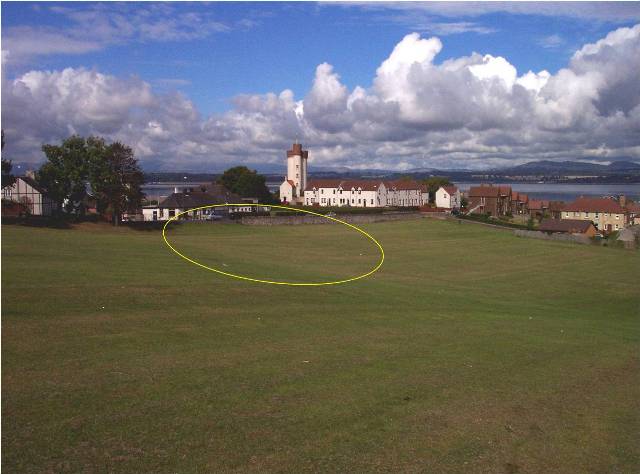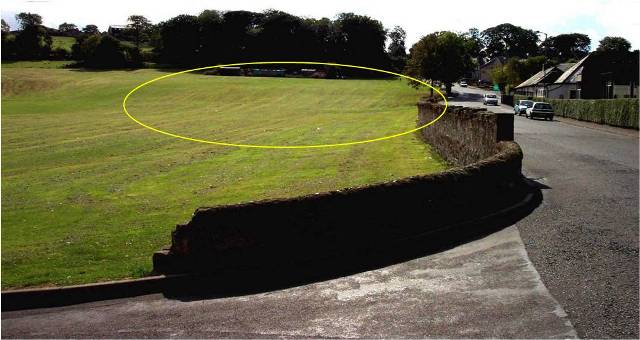




BROWNWARE POTTERY
Using the local clay, brownware production started in this small, one kiln potworks around 1766.
In 1788, John Buchan sold the Wester half of the Barony of Grange to William Cadell and the Easter half of the Barony to James John
Cadell. The pottery lay in the Easter half.
In 1796, the year after buying the Bo’ness Pottery, Thomas Cowan acquired the pottery from George Allan, a shipmaster residing at
Dunmore, on a 19 year lease for the annual sum of £12. During this period, whiteware was also being produced. In 1799, as a result of
his Bo’ness Pottery going into liquidation, Cowan’s estate was sold by public roup.
Adam Cubie, a potter employed by Cowan at Bo’ness (and the son of a Prestonpans potter of the same name), took over the lease.
Having no capital, he began the business entirely on credit. Not surprisingly, this was a short-lived venture and by 1802 he was without
employment.
The pottery, in a dilapidated condition, now became the property of William Cadell.
To date, there is nothing to suggest that production continued after Cubie’s ownership.
The pottery (or pottery building) must have changed ownership yet again, for in 1821, George Burnett sold the pottery, and an adjoining
house and garden (which he had inherited) for £105 to James John Cadell. The sale described the property as the Old Pottery, which
could imply that it was no longer in production.
The sale document continued ……. Bounded by the property of the said James John Cadell on the south and east, by the common way
leading to the harbour at Bridgeness on the west and partly by the property of Robert Miller and partly by that of the said John Cadell on
the north parts. All lying in the village of Bridgeness, Barony of Grange.

With the aid of the description in the sale document mentioned above, the circled blue building is thought to be the Brownware Pottery
with its rounded end being the outline of the kiln.

The site of the Brownware Pottery today, adjacent to Harbour Road opposite Bridgeness Bowling Club
